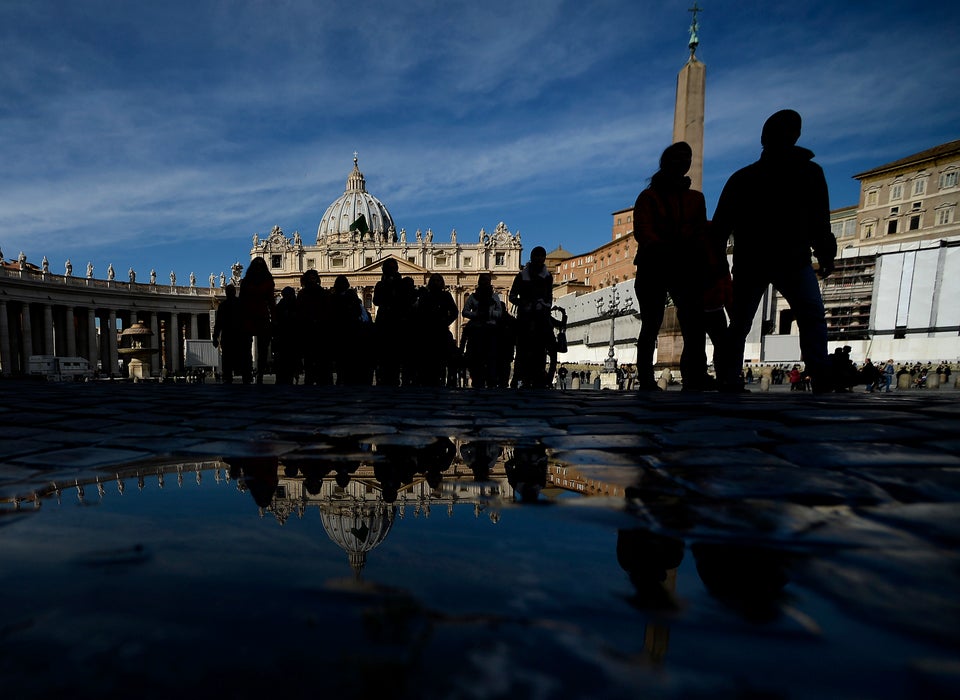
After the Vatican announced Pope Benedict XVI's decision to abdicate as the head of the Catholic Church on Monday, front-page headlines across the world grew a few type sizes. The decision was surprising both for the faithful and for the guides and tour operators of Rome, a deeply tourist-dependent city where the Vatican is arguably the star attraction.
Local tour operators said yesterday that they plan to continue tours as usual, until either massive crowds, which descended during the last papal conclave, or the Vatican's dictates make doing so impossible.
"During the conclave period, it was like Woodstock," said Vatican Tour Company manager Antony Stuart, recalling Pope Benedict's 2005 election. "People were camping out."
According to Stuart, two key facts separate the events of eight years ago from the looming papal conclave: John Paul II was beloved worldwide, and Pope Benedict is still alive. Because of the first, the youth contingent that arrived in Rome during the last conclave may be diminished this time. Because of the second, the occasion was foreseen by few and seems a bit more political in nature.
"I don't know with this pope, because 90 percent of the memorabilia in the gift shops is still for the previous pope," explained Stuart, referring to John Paul II. He added that his boutique company will "continue to bring tourists to the museum until we're brushed aside for the pope's election."
The papal conclave traditionally takes place in the Sistine Chapel, one of the world's great artworks and a center of tourist interest. This fact makes the period between the emergence of the black smoke from Vatican chimneys (signaling the meeting's commencement) and the white smoke (signaling a decision) potentially the worst time to visit the holy citadel. Whether or not the chapel will be off-limits to visitors, of course, depends on the Vatican Museum.
Over the last few years, museum director Antonio Paolucci has taken great pains to make his collection available to the broadest possible public. In a recent editorial striking back at accusations that the Sistine Chapel is being overrun, Paolucci wrote that in the "era of large-scale tourism ... limiting numbers is unthinkable."
Though the Museum has not released a public statement on how it plans to deal with the conclave, Jared Zech of Dark Rome, a large tour operator, says representatives have confirmed that access to exhibitions outside of the Sistine Chapel "should be uninterrupted." As Zech, who is Dark Rome's Marketing Director, points out, the conclave is part opportunity as well as inconvenience.
"Any time such a momentous event places the papacy in the spotlight, it is good for tourism because the rest of the world gets to see the beauty and grandeur of Vatican City, which makes them want to travel to Rome and see it in person," explains Zech.
Still, providing access to the wonders of the Vatican will necessarily take a back seat to the deliberations of the College of Cardinals. According to Peter Zalewski, CEO of Vatican Tours Inc., this may just mean a shift of focus.
"I vividly remember a similar situation during the previous conclave, with some visitors grumbling about being unlucky, but most showing understanding in this rather delicate moment," said Zalewski, whose customers will at least be given iPads so they can experience Michelangelo's masterwork virtually. "There will be definitely a shift in our customers' interest from Vatican art history towards Vatican as an institution."
Zalewski is unsure of how many tourists will intentionally visit during the conclave, given the short notice. But high season for Rome -- and particularly for Catholic travelers -- begins in late March as Easter approaches. Holy Thursday mass is traditionally presided over by the pope, whose presence attracts massive crowds.
The looming celebration may give the cardinals a reason to debate on a deadline. In the meantime, tourists in Rome will have a chance to see something rare: a puff of white smoke.
